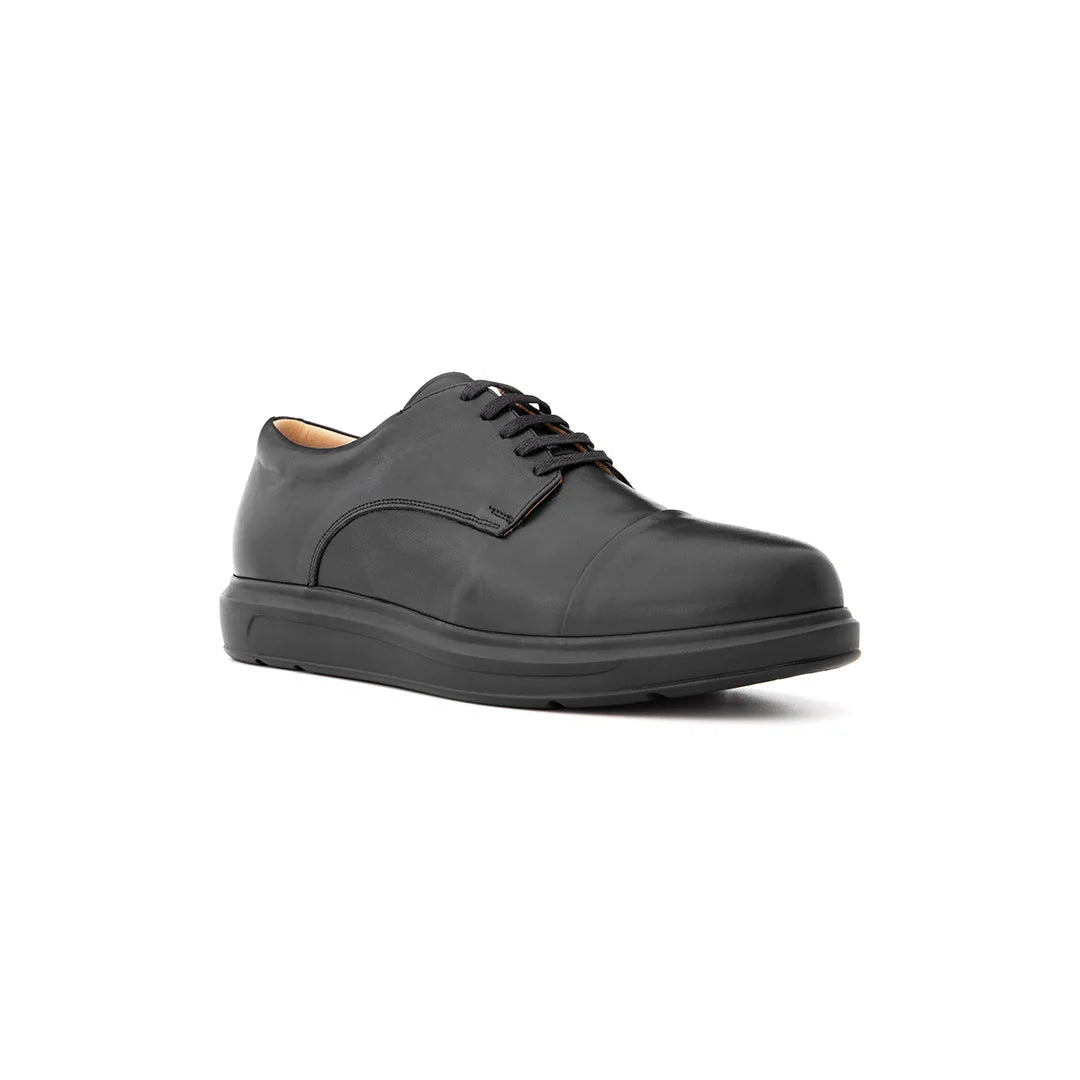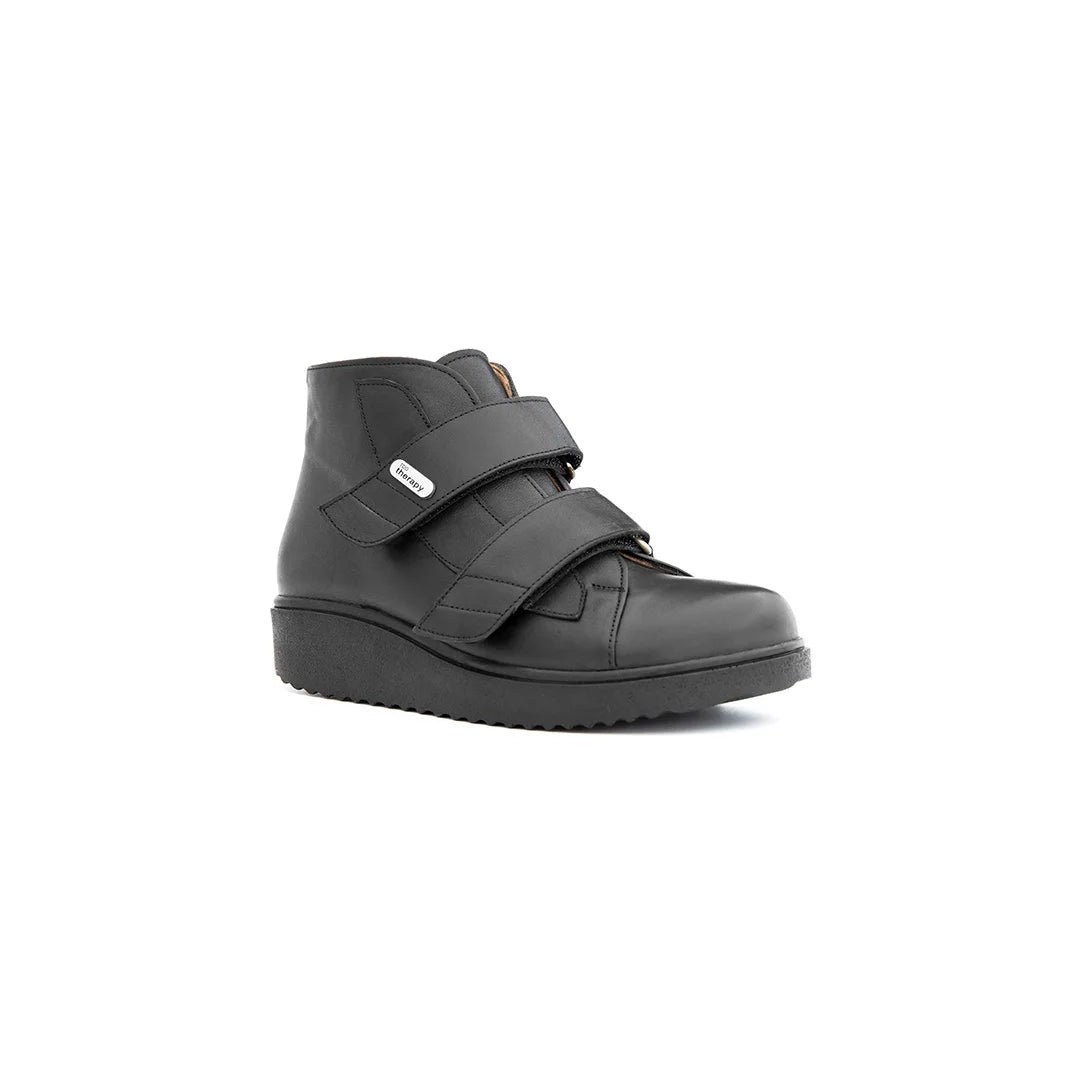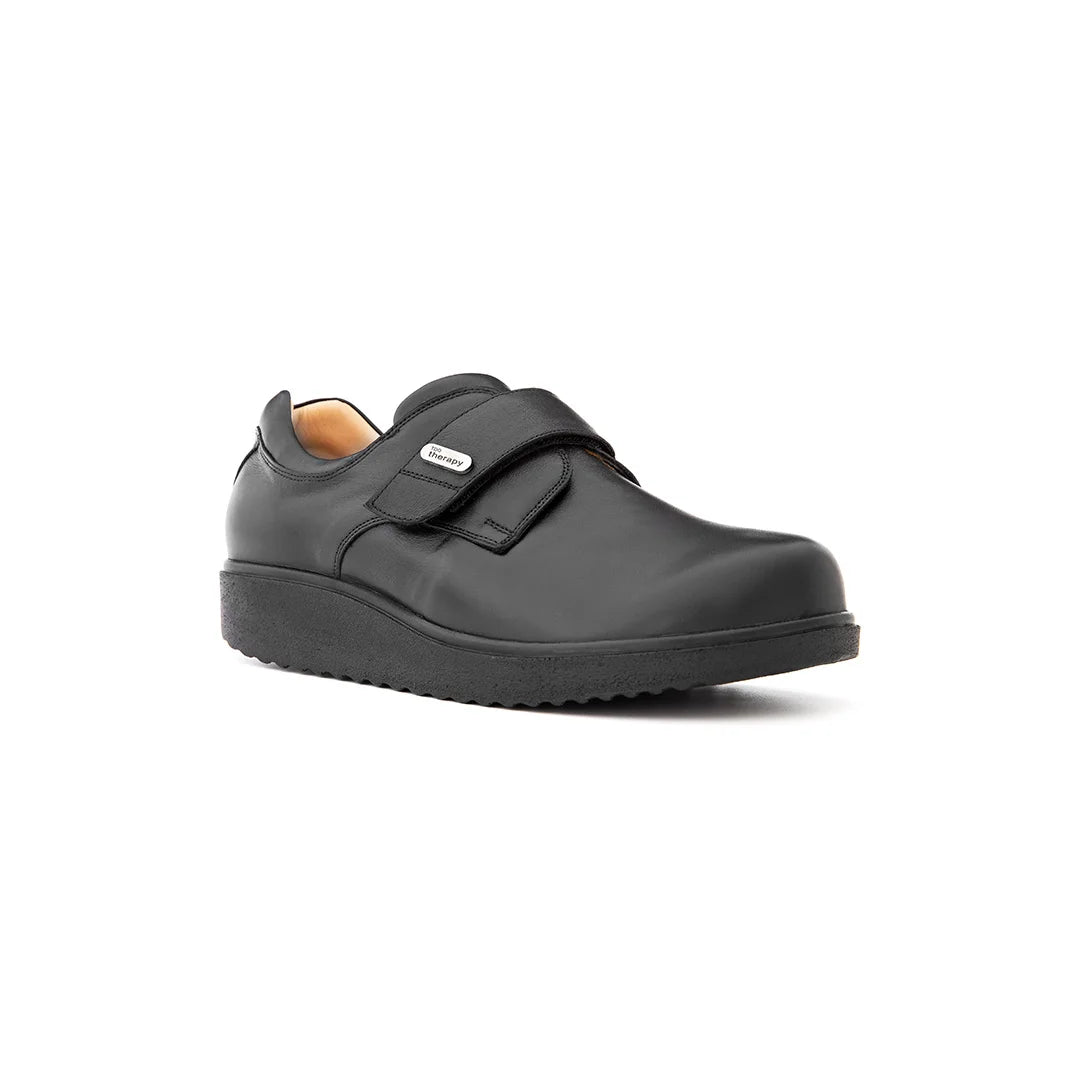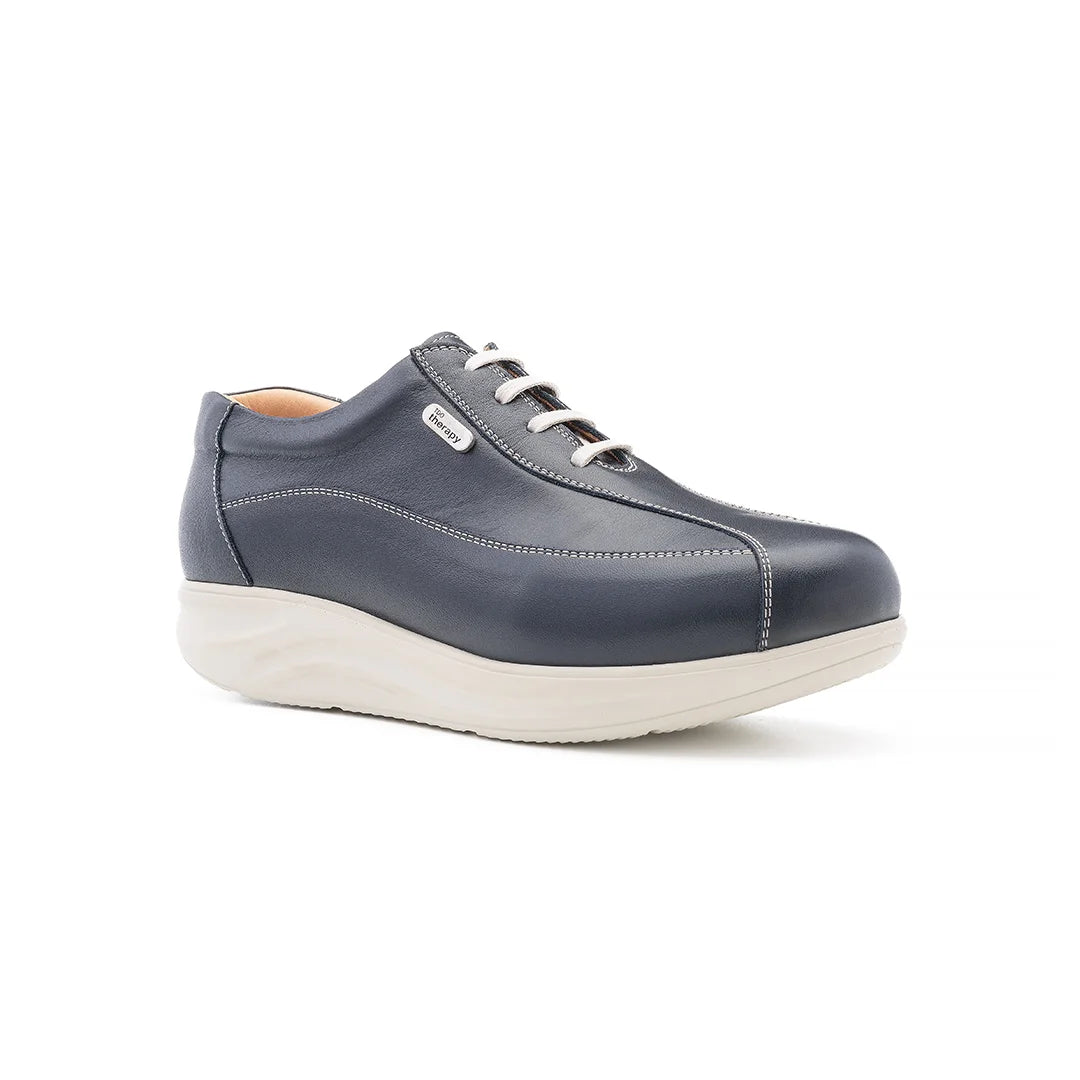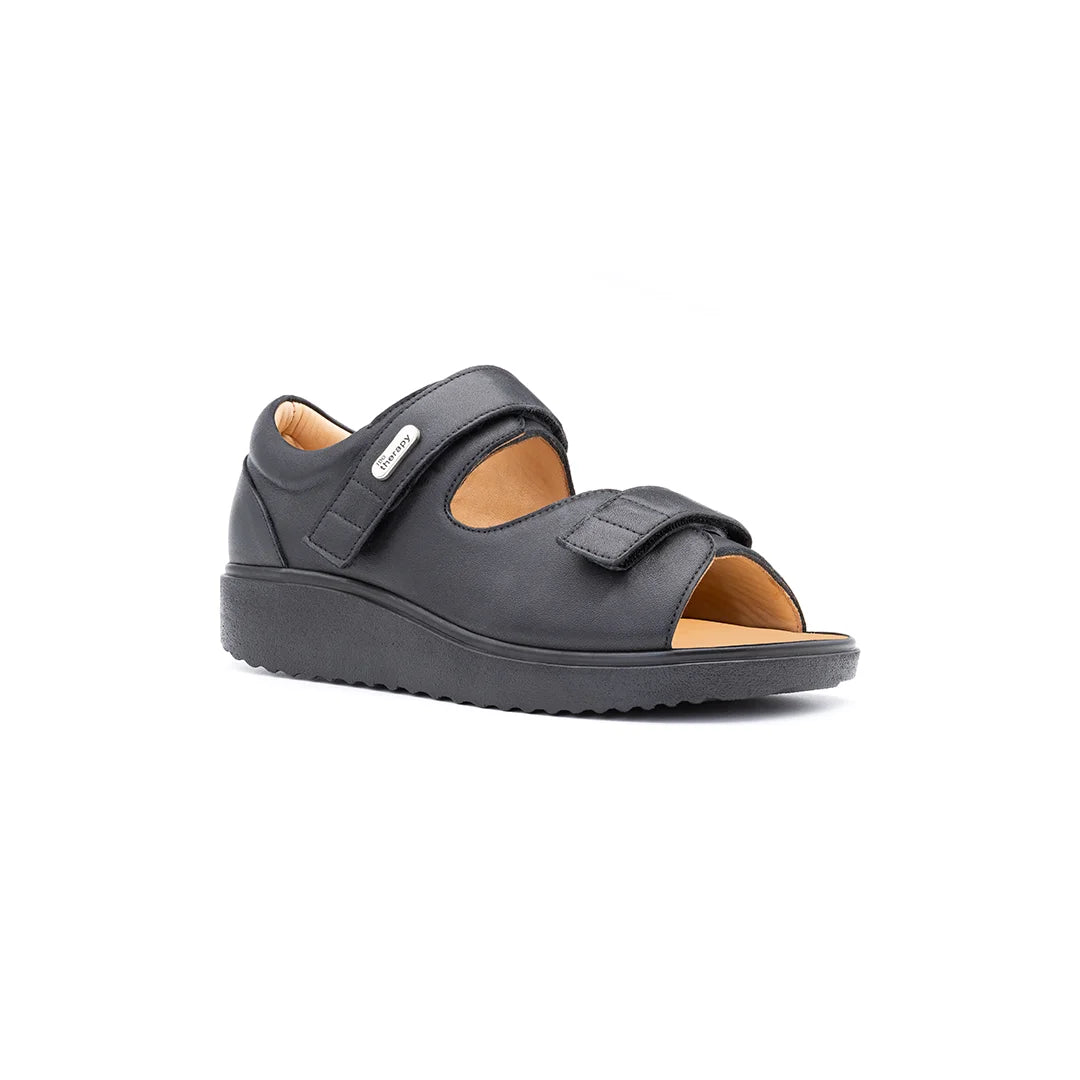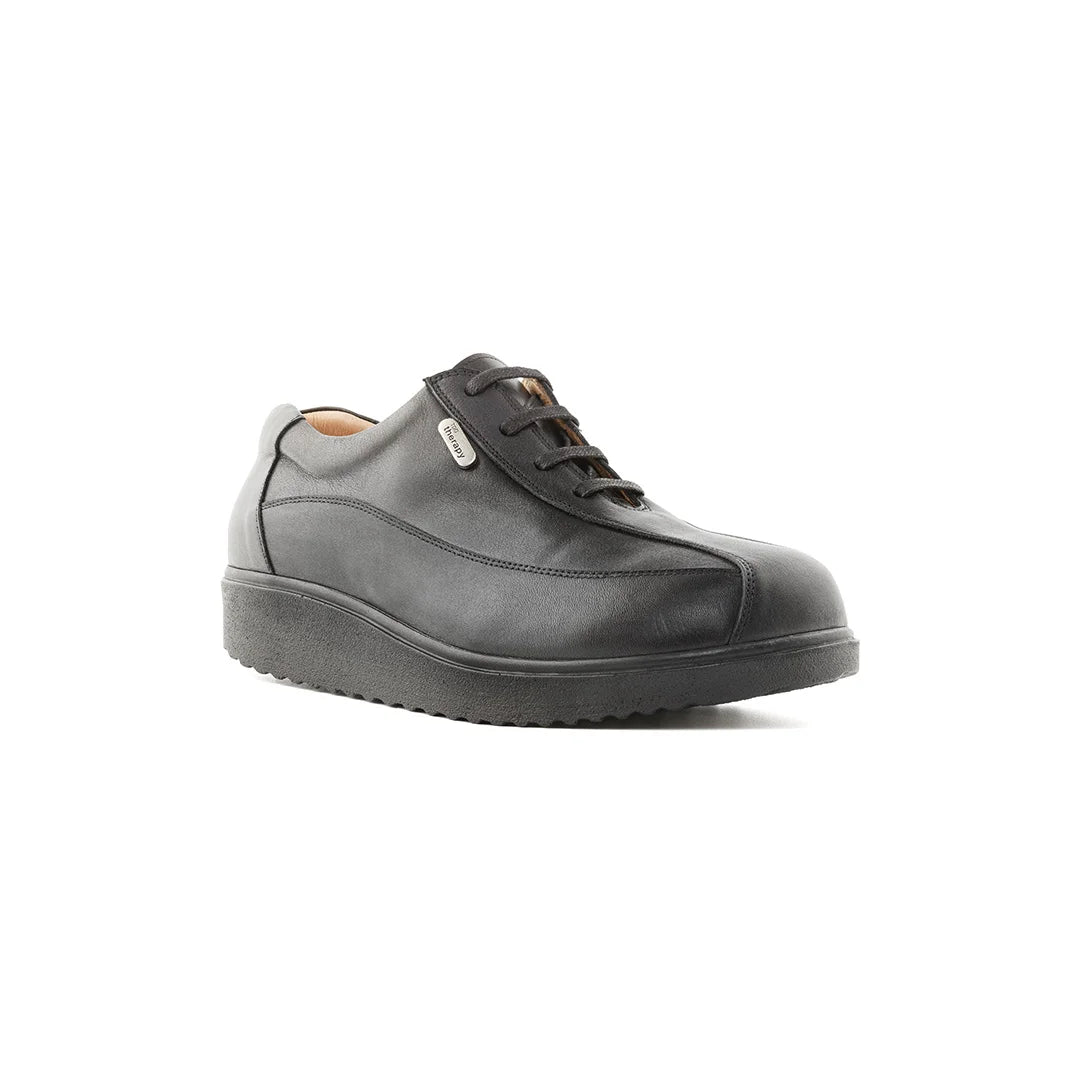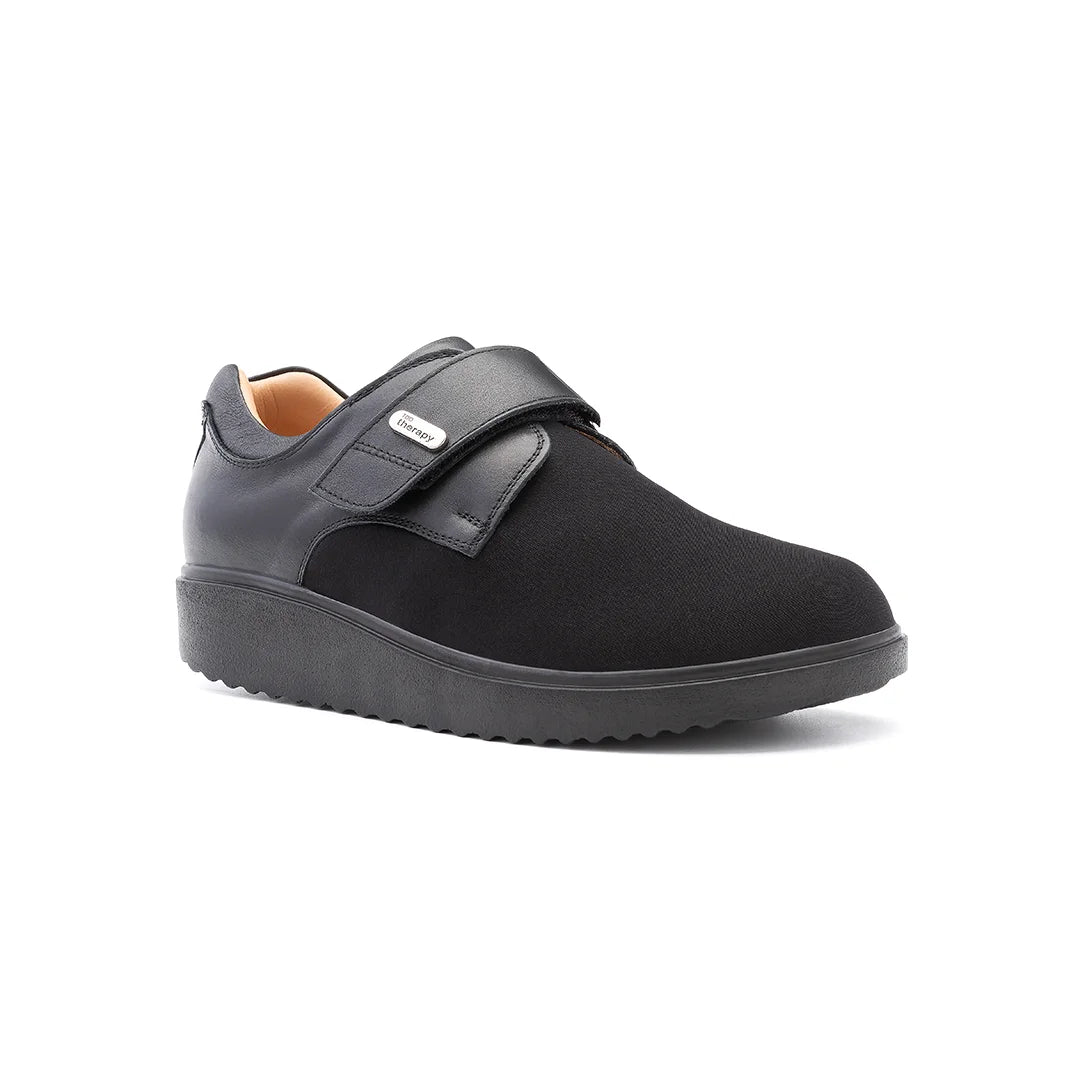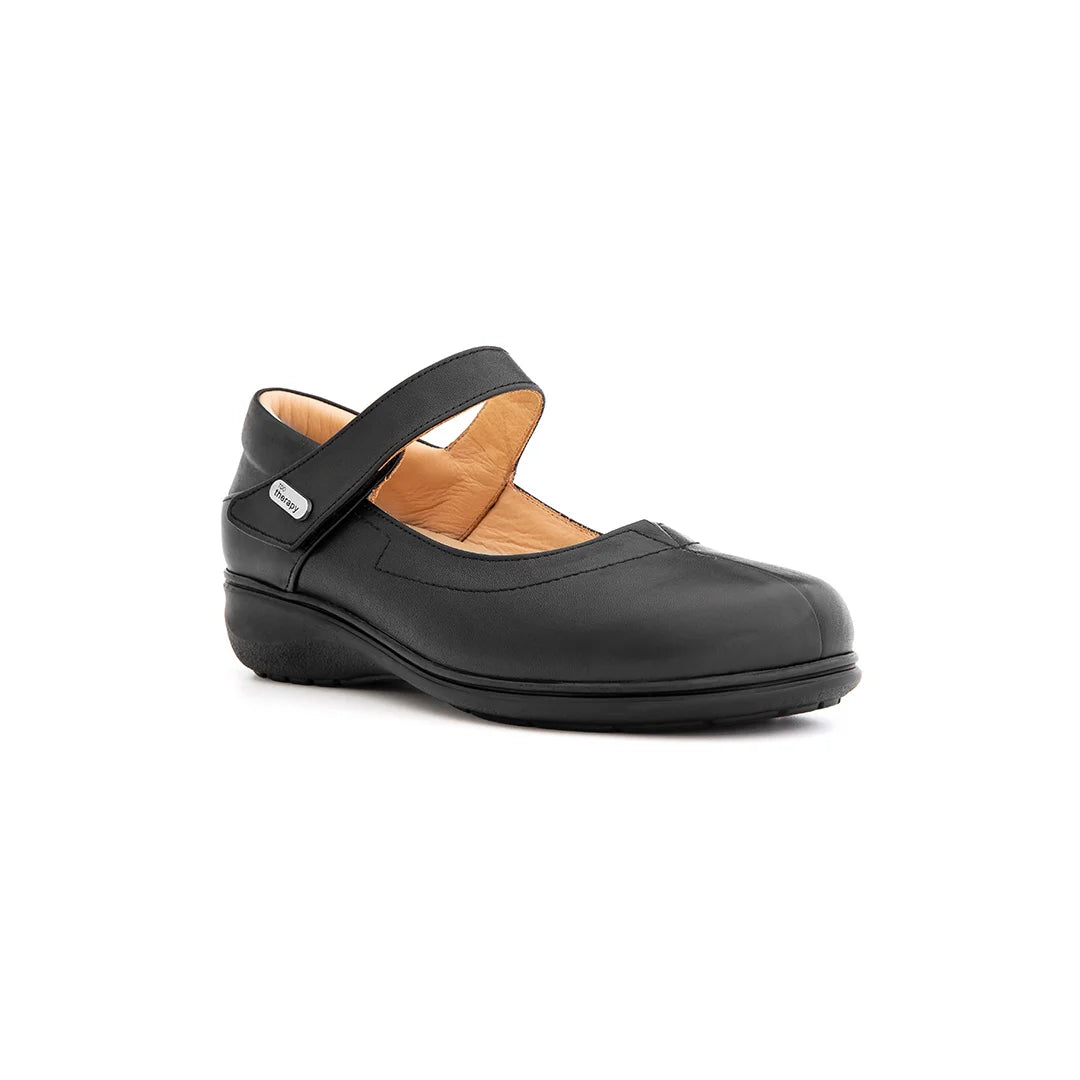Balance is essential for everyday activities, from walking to standing confidently. However, balance issues can disrupt mobility, increase fall risks, and affect quality of life. Whether due to aging, medical conditions, or foot problems, these challenges are common but manageable. At TDO Therapy, we believe improving balance issues with orthopedic shoes offers a practical, effective solution. This blog explores how orthopedic shoes enhance stability, who can benefit, and how to choose the right pair for your needs.
Why Balance Issues Matter and How Orthopedic Shoes Help
Balance issues often stem from factors like aging, neurological disorders, or foot conditions such as plantar fasciitis or bunions. Poor balance can lead to falls, injuries, and a loss of independence, particularly for seniors. According to the NHS, falls are a leading cause of injury among older adults, making stability a top priority.
Improving balance issues with orthopedic shoes addresses these concerns by providing targeted support. Unlike regular footwear, orthopedic shoes are designed to align the feet, distribute weight evenly, and stabilize gait. Features like arch support and cushioned soles reduce strain, making them ideal for those struggling with mobility. By wearing orthopedic shoes, you can regain confidence and move more safely.
For those in the UK seeking professional guidance, TDO Therapy’s expert team can assess your needs and recommend solutions to improve balance and comfort.
The Science Behind Improving Balance Issues with Orthopedic Shoes
Orthopedic shoes are engineered to enhance stability through specialized features. Here’s how they work:
- Arch Support: Proper arch support aligns the feet and ankles, reducing strain on joints and improving posture.
- Cushioned Soles: Shock-absorbing soles minimize impact, protecting the feet and knees during movement.
- Wide Toe Boxes: Extra room in the toe area prevents crowding, reducing discomfort for conditions like bunions or hammertoes.
- Non-Slip Soles: Enhanced grip reduces the risk of slipping, especially on uneven surfaces.
These features collectively stabilize gait and promote even weight distribution, key to improving balance issues with orthopedic shoes. For individuals with unique needs, custom orthotics can be added to further personalize support. At TDO Therapy, our specialists use advanced assessments to ensure your footwear meets your specific requirements, helping you move with ease.
Who Should Consider Improving Balance Issues with Orthopedic Shoes?
Orthopedic shoes benefit a wide range of individuals experiencing balance challenges. You might consider them if you fall into one of these groups:
- Seniors: Aging often weakens muscles and joints, increasing fall risks. Orthopedic shoes provide stability for daily activities.
- People with Foot Conditions: Conditions like plantar fasciitis, arthritis, or flat feet can impair balance. Orthopedic shoes alleviate pain and improve alignment.
- Diabetic Patients: Neuropathy and poor circulation can affect foot sensation. Orthopedic shoes reduce pressure points and enhance safety.
- Post-Injury Recovery: After surgeries or injuries, orthopedic shoes support rehabilitation by stabilizing the feet.
Improving balance issues with orthopedic shoes is particularly effective when paired with professional advice. Contact TDO Therapy for a consultation to determine if orthopedic shoes are right for you.

Tips for Improving Balance Issues with Orthopedic Shoes
Choosing the right orthopedic shoes is crucial for maximizing their benefits. Follow these tips to ensure you select the best pair:
- Prioritize Fit: Shoes should feel snug but not tight. Measure your feet in the afternoon when they’re slightly swollen for accuracy.
- Check Sole Design: Look for non-slip, flexible soles with good traction to prevent slips and support natural movement.
- Opt for Quality Materials: Breathable, durable materials like leather ensure comfort and longevity.
- Consider Custom Orthotics: For severe balance issues, custom inserts can enhance support. TDO Therapy offers tailored orthotic solutions.
- Transition Gradually: Wear your new shoes for a few hours daily to allow your feet to adjust.
Improving balance issues with orthopedic shoes requires patience and the right fit. Our team at TDO Therapy can guide you through the selection process, ensuring your shoes meet your unique needs.
FAQs About Improving Balance Issues with Orthopedic Shoes
How do orthopedic shoes help with balance issues?
Orthopedic shoes improve balance by providing arch support, cushioning, and non-slip soles. These features align the feet, stabilize gait, and reduce strain, making movement safer and more comfortable.
Can orthopedic shoes prevent falls for seniors?
Yes, orthopedic shoes can significantly reduce fall risks for seniors. Their stable design and enhanced grip help maintain balance, especially on uneven surfaces, promoting confidence and safety.
Are custom orthopedic shoes necessary for improving balance?
While off-the-shelf orthopedic shoes work for many, custom options offer personalized support for severe balance issues or specific conditions. Consult a specialist at TDO Therapy to explore your options.
How long does it take to see results from orthopedic shoes?
Results vary, but many notice improved balance and comfort within a few weeks of consistent use. Gradual adaptation and proper fit are key to success.
Where can I get professional advice on orthopedic shoes in the UK?
TDO Therapy offers expert consultations to help you find the right orthopedic shoes. Contact us today to start your journey toward better balance.



